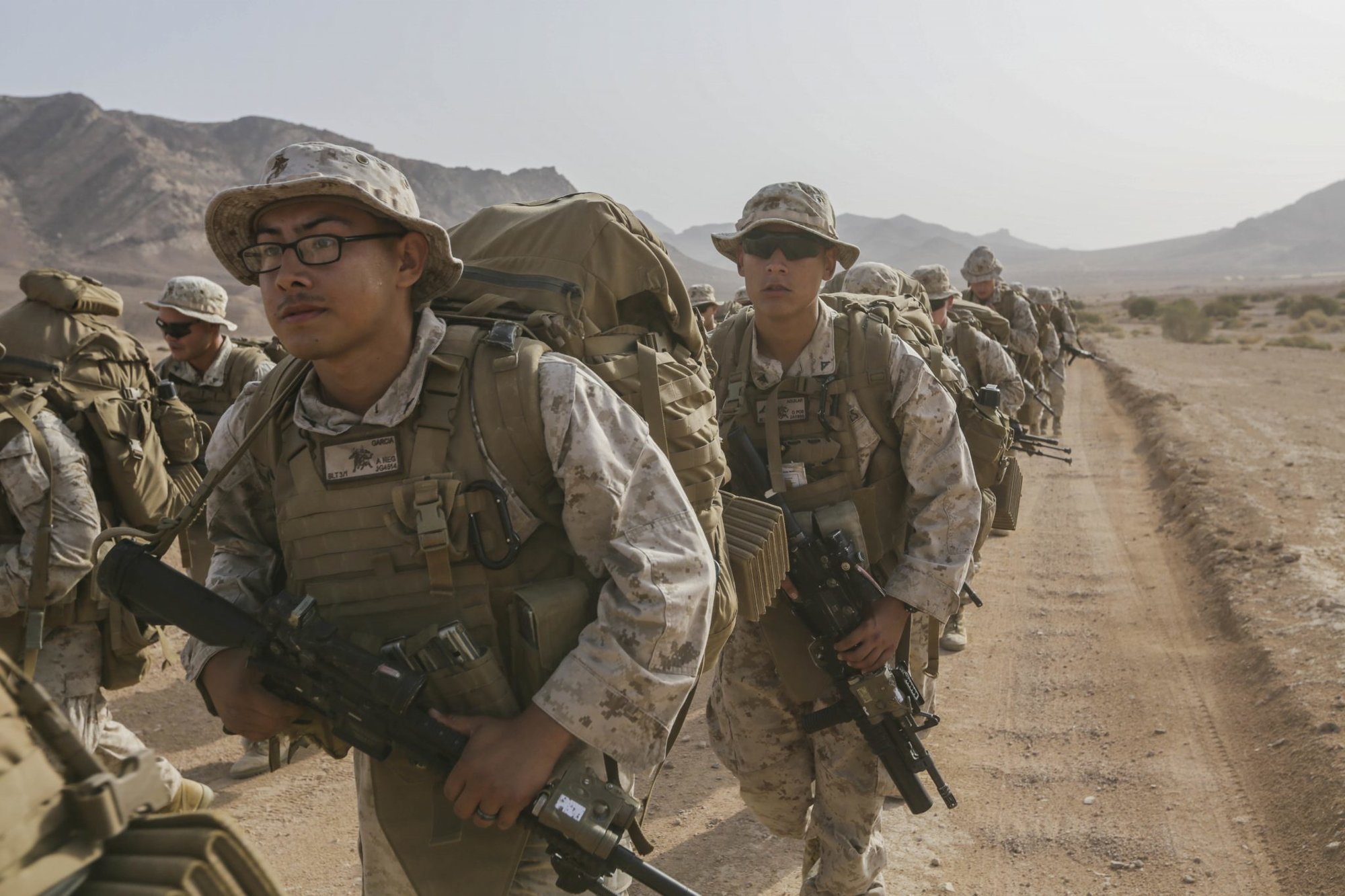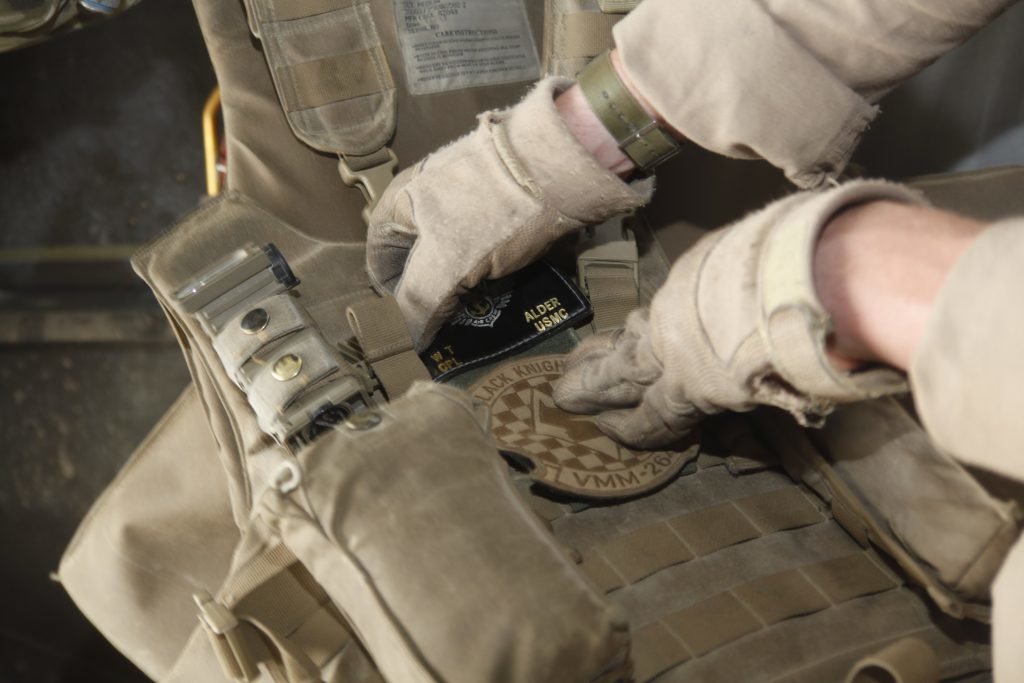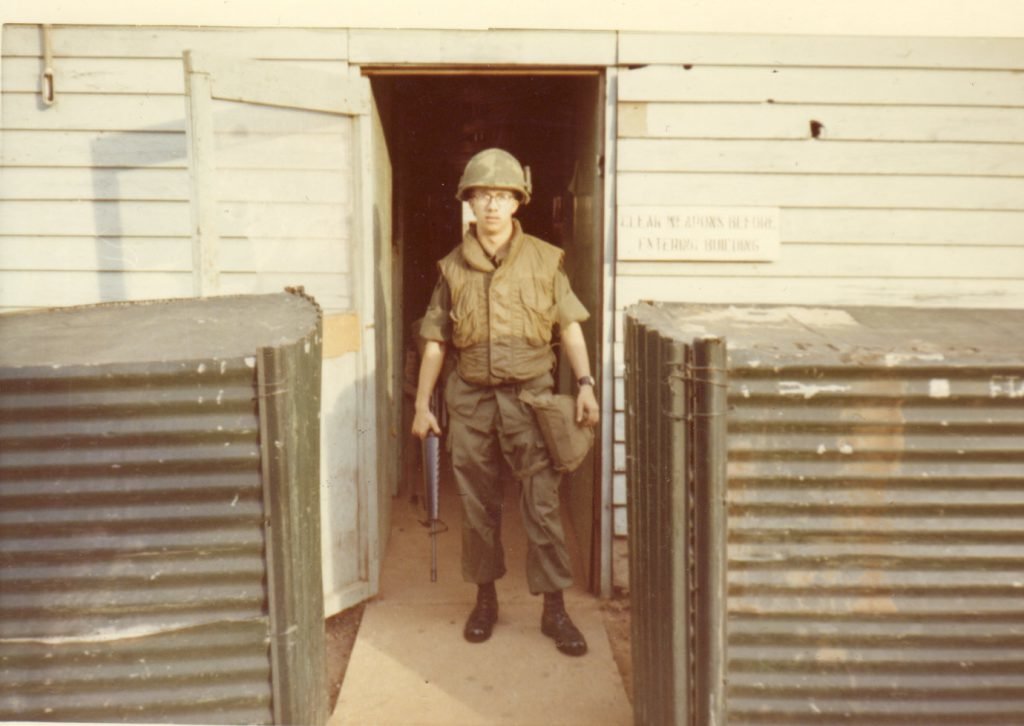How the Flak Jacket Evolved From Burdensome Aircrew Protection to Modular Infantry Equipment

SOUTHWEST ASIA (Sept. 16, 2015) U.S. Marines with India Company, Battalion Landing Team 3rd Battalion, 1st Marine Regiment, 15th Marine Expeditionary Unit, hike to a range to conduct squad attacks during a bi-lateral training exercise. The 15th MEU, embarked aboard the ships of the Essex Amphibious Ready Group, is a forward-deployed, flexible sea-based Marine air-ground task force capable of engaging with regional partners and maintaining regional security. (U.S. Marine Corps photo by Sgt. Jamean Berry/Released)
Wartime inventions span everything from the vehicles to weapons systems to camouflage — some of the most well known are the Huey helicopter and the jeep. While those fighting vehicles proved highly useful during battle, another invention that was just as useful in saving the lives of military members — and that continues to do so — is the flak jacket. The flak jacket underwent several transformations during its time, each adaptation a testament to time on the field and real-world experiences that shaped it into its modern iteration.
Protective equipment had been in use as early as the Civil War, but the term “flak jacket” wasn’t used until World War II. The M1 Flak Jacket was integrated onto the battlefield and worn by the US Army 8th Air Force. These early vests — first created for the Royal Air Force by the Wilkinson Sword Co. to protect airmen against fragmentation from the anti-aircraft guns — weighed 17 pounds, 6 ounces. Their heavy weight came from 2-inch steel plates that were inserted inside the vest for protection.

While the M1 was fine for seated aircraft personnel, according to www.arsof-history.org, several other vests were designed specifically to fit each type of crew member. The M2 was worn by pilots and copilots; the M3, by airmen confined to tight spaces; the M4 was made for waist gunners who spent much of their time standing; and the M5, for additional seated members. A lighter, 12-pound vest was designed as well, but the war ended before it could be put into production.
Casualties dropped significantly when these vests were worn. However, they hindered mobility due to their weight and were used mostly by aircraft personnel. This issue was addressed and improved upon during the Korean War with the release of the lighter M1951. This vest, worn by both the US Marines and US Army, was made from nylon and fiberglass-based Doron and came in under 8 pounds. The M1951 was eventually replaced by the improved M1955.
The M1952A — a 12-layer, brown nylon, collarless vest that sported two pockets, elastic draw cords, and grenade hangers over both pockets — was also released during this time. Soldiers appreciated the lack of a collar because it was comfortable to wear in conjunction with the M1 helmet. However, it also left exposed more vulnerable areas on the body.

A new design, the M69, came out during the Vietnam War that was similar to the M1952A but with a 3/4-inch collar. It weighed 8.4 pounds and included Velcro. The M69 was worn by ground troops who fought in the humid jungles and needed lighter equipment to protect them against shrapnel. Heavier flak jackets with ceramic plates to protect against .30-caliber bullets were still issued to aviators and weighed as much as 28.5 pounds. The new M69 and the M1952A, still in use during the Vietnam War, could be worn on top of the aviator vest to prevent the ceramic plates from shattering. Ground troops involved in vehicle-led patrols and convoys were also given flak jackets with insertable ceramic plates.
Flak jackets emerged during a time when additional protection was needed to keep up with changing weapons technology and warfare. Today they have evolved even further and include the Improved Outer Tactical Vest used by the Army. Worn by soldiers since 2006, this vest is compatible with a variety of components, such as the usual plates and neck protection, but also protection for the lower back, deltoid, and groin areas. The IOTV also guards against pests such as mosquitoes and bedbugs.

BRCC and Bad Moon Print Press team up for an exclusive, limited-edition T-shirt design!
BRCC partners with Team Room Design for an exclusive T-shirt release!
Thirty Seconds Out has partnered with BRCC for an exclusive shirt design invoking the God of Winter.
Lucas O'Hara of Grizzly Forge has teamed up with BRCC for a badass, exclusive Shirt Club T-shirt design featuring his most popular knife and tiomahawk.
Coffee or Die sits down with one of the graphic designers behind Black Rifle Coffee's signature look and vibe.
Biden will award the Medal of Honor to a Vietnam War Army helicopter pilot who risked his life to save a reconnaissance team from almost certain death.
Ever wonder how much Jack Mandaville would f*ck sh*t up if he went back in time? The American Revolution didn't even see him coming.
A nearly 200-year-old West Point time capsule that at first appeared to yield little more than dust contains hidden treasure, the US Military Academy said.












